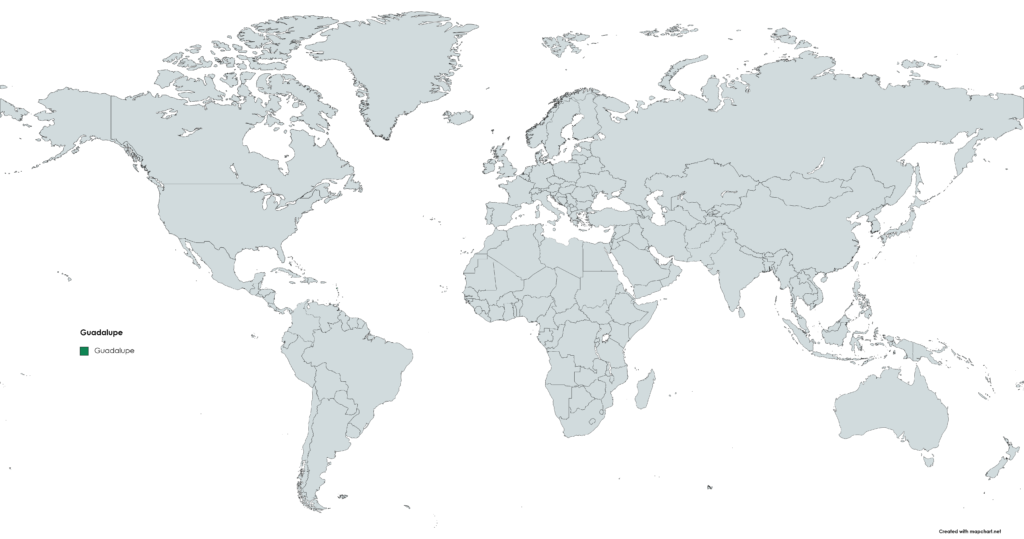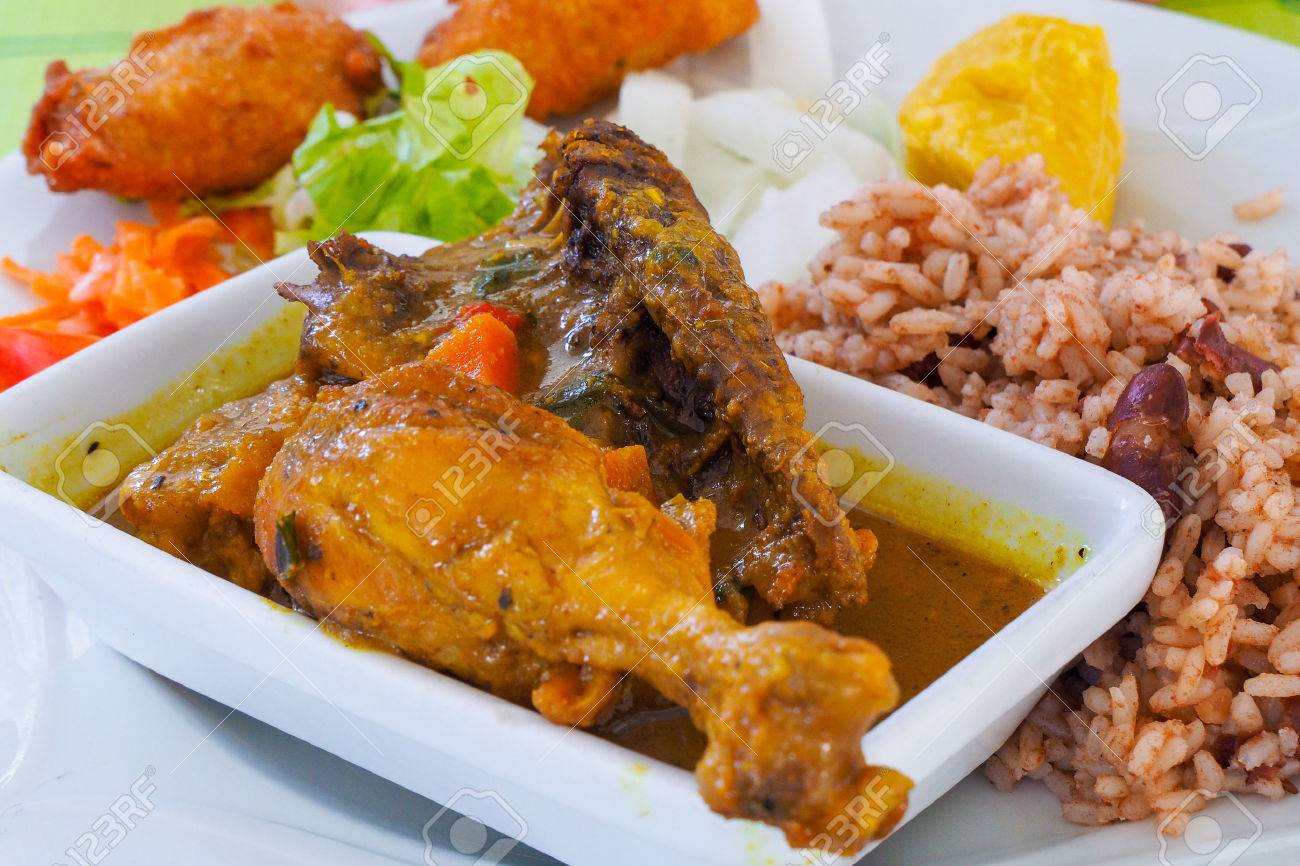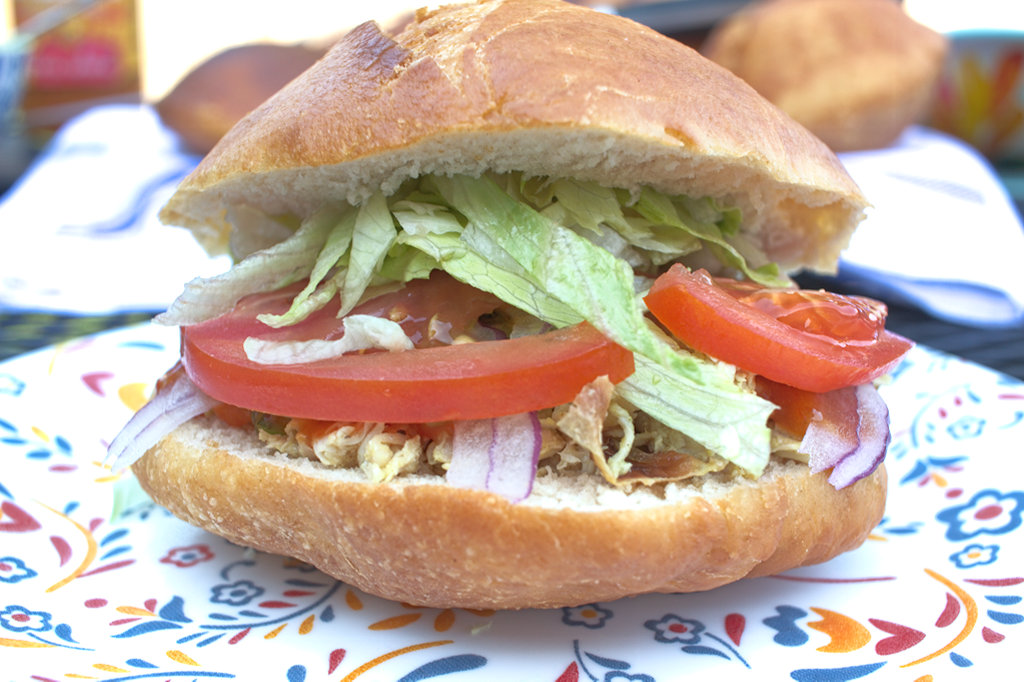Guadalupe travel tips
Guadalupe travel tips: French-Caribbean gem with lush rainforests, volcanic landscapes, exquisite beaches, Creole culture, and a blend of European and Caribbean influences.
Arrondissements 🌎
Guadalupe travel tips. Here is a list of all the arrondissements of the Guadalupe.
Before you go 🛩
Important information you should know before your trip
Info

Capital | Basse-Terre
Flag Codes
ISO alpha-2 GP, ISO alpha-3 GLP
Currency
Badge | Euro
CODE | EUR
NUMBER | 978
SYMBOL | €
FRACTION | Penny
Mobile Coverage
Dialing Code | +590
SIM Card
Coverage
3G / 4G / 5G
Mobile Networks | Digicel | Free Mobile | Orange Mobile | SFR Caraibe Mobile |

Location
Guadeloupe is an archipelago located in the eastern Caribbean Sea. It is an overseas department and region of France, situated in the Lesser Antilles. The Guadeloupe archipelago is part of the Leeward Islands and is located southeast of Puerto Rico.
Geographically, Guadeloupe consists of several islands, including two main islands separated by a narrow channel called the Rivière Salée:
Basse-Terre: Basse-Terre is the western half of the main island of Guadeloupe. It is characterized by lush rainforests, volcanic peaks, and beautiful natural landscapes. The highest point in Guadeloupe, La Soufrière volcano, is located in Basse-Terre.
Grande-Terre: Grande-Terre is the eastern half of the main island. It is relatively flat compared to Basse-Terre and is known for its beautiful white-sand beaches, turquoise waters, and vibrant resorts.
In addition to the main islands, the Guadeloupe archipelago includes several smaller islands, such as Les Saintes, Marie-Galante, and La Désirade. These islands offer their own unique attractions and natural beauty.
The capital city of Guadeloupe is Basse-Terre, located on the Basse-Terre island. The largest city, however, is Pointe-à-Pitre, located on the Grande-Terre island. Pointe-à-Pitre is a major economic and cultural hub, housing the main port, international airport, and a variety of shops, restaurants, and markets.
Currency
The currency of Guadeloupe is the Euro (€). As an overseas department of France, Guadeloupe uses the same currency as mainland France and other countries within the Eurozone. The Euro is divided into cents, with coins available in denominations of 1, 2, 5, 10, 20, and 50 cents, as well as €1 and €2 coins. Banknotes are available in denominations of €5, €10, €20, €50, €100, €200, and €500.
When visiting Guadeloupe, it’s advisable to have some Euros on hand for small purchases, as well as credit cards or debit cards that are widely accepted. ATMs are available in major towns and cities, where you can withdraw Euros using your debit or credit card.
Please note that while the official currency is the Euro, some establishments in Guadeloupe may accept major international currencies such as the US Dollar. However, it’s always best to have local currency for convenience and to ensure you can make purchases without any issues.
Languages
The official language of Guadeloupe is French. As an overseas department of France, French is widely spoken and used in official and administrative contexts. French is the language of instruction in schools, and most government documents, signs, and public communications are in French.
In addition to French, a local Creole language known as Guadeloupean Creole (Kréyol Gwadloupéyen) is also spoken by many residents. Guadeloupean Creole is a distinct language with its own grammar, vocabulary, and pronunciation. It is commonly used in informal and everyday conversations among the local population.
English is also spoken and understood to varying degrees, particularly in tourist areas, hotels, and by those working in the tourism industry. However, it’s helpful to have some basic knowledge of French or to carry a French-English phrasebook or translation app to assist with communication, especially when traveling to more remote areas or interacting with locals who may have limited English proficiency.
Climate 🌡
Guadeloupe has a tropical climate influenced by its location in the Caribbean Sea. The climate is generally warm and humid throughout the year, with relatively consistent temperatures and high levels of precipitation. Here are some characteristics of the climate in Guadeloupe:
Temperature: The average annual temperature in Guadeloupe ranges from around 25 to 28 degrees Celsius (77 to 82 degrees Fahrenheit). There is little variation in temperature throughout the year, with only a few degrees difference between the warmest and coolest months.
Rainfall: Guadeloupe experiences a rainy season and a drier season. The rainy season typically extends from June to November, coinciding with the Atlantic hurricane season. During this period, rainfall is more frequent and intense, with occasional tropical storms or hurricanes. The drier season runs from December to May, with less rainfall and lower humidity levels.
Humidity: Guadeloupe has high humidity levels year-round due to its tropical location. Humidity is especially noticeable during the rainy season, making the air feel moist and sticky.
Trade Winds: Guadeloupe benefits from the trade winds, which help to moderate the climate and provide relief from the heat. The trade winds blow predominantly from the northeast, providing a pleasant breeze and helping to cool the coastal areas.
Temperature Range: The daily temperature range in Guadeloupe is relatively small, with daytime highs reaching the mid to upper 20s Celsius (mid to upper 80s Fahrenheit) and nighttime lows dropping to the low to mid-20s Celsius (mid to upper 70s Fahrenheit).
It’s important to note that weather patterns can vary, and unexpected rain showers or brief storms can occur even during the drier season. It’s advisable to check the local weather forecast before your trip and pack appropriate clothing, including lightweight and breathable fabrics, sunscreen, and insect repellent.
Guadalupe travel tips
Here are some travel tips for visiting Guadalupe:
Multicultural Paradise:
Embrace Guadeloupe’s fusion of French and Caribbean culture, from cuisine to language.
Beach Bliss:
Enjoy pristine beaches like Grande Anse and Plage de la Perle for relaxation and water activities.
Weather Consideration:
Tropical climate; pack light clothing, sunscreen, and rain gear. Hurricane season is June to November.
Rum Tasting:
Delight in Guadeloupe’s rich rum heritage; tour distilleries and sample locally produced rum.
Transportation:
Rent a car for flexibility, navigate by bus, or use taxis. Roads may be narrow and winding. View Guide.
Electricity:
Standard European 220V; bring adapters for your electronic devices.
Volcanic Exploration:
Hike La Soufrière volcano; witness stunning views and visit the tropical rainforest of Basse-Terre.
Enjoy the incredible beauty and diversity that Guadalupe has to offer!

The best of the best
Guadeloupe’s cuisine is a delightful fusion of French, African, Caribbean, and indigenous flavors. The local cuisine reflects the island’s rich cultural heritage and abundant natural resources.

Colombo
Colombo is a flavorful curry-like dish made with a blend of spices known as “colombo powder,” which typically includes turmeric, coriander, cumin, and other aromatic spices. It is often prepared with chicken, goat, or fish, and served with rice and beans.

Bokit
Bokit is a beloved Guadeloupean sandwich made with fried dough bread filled with various ingredients such as meat, fish, cheese, or vegetables. It is a popular street food option and can be enjoyed at local markets or food stalls.

Accra de Morue
This is a variation of accras, but specifically made with salted codfish. The codfish is seasoned and mixed with flour, herbs, and spices before being deep-fried to golden perfection.
Here are some typical foods and dishes you can savor in Guadeloupe:
Lambi: Lambi is a traditional dish made from conch meat, which is marinated and then stewed with onions, peppers, garlic, and spices. It is often served with rice and accompanied by a flavorful sauce.
Callaloo: Callaloo is a popular Creole dish made from leafy greens, typically dasheen leaves or taro leaves, cooked with onions, garlic, and sometimes coconut milk. It can be served as a side dish or as a soup.
Sautéed Bananas: A simple and tasty treat, sautéed bananas are ripe bananas caramelized in butter and often served as a dessert. They can be enjoyed on their own or served alongside other sweet accompaniments like ice cream or coconut flakes.
Ti Punch: This traditional Guadeloupean cocktail is made with local white rum, lime juice, and a touch of cane sugar. It is a refreshing and potent drink that is often enjoyed as an aperitif or after-dinner libation.
The island is known for its fresh seafood, tropical fruits, flavorful spices, and vibrant culinary traditions.
Transportation 🚥
More information about this country
Choose your destination 📍🗺
Useful Links ✅







